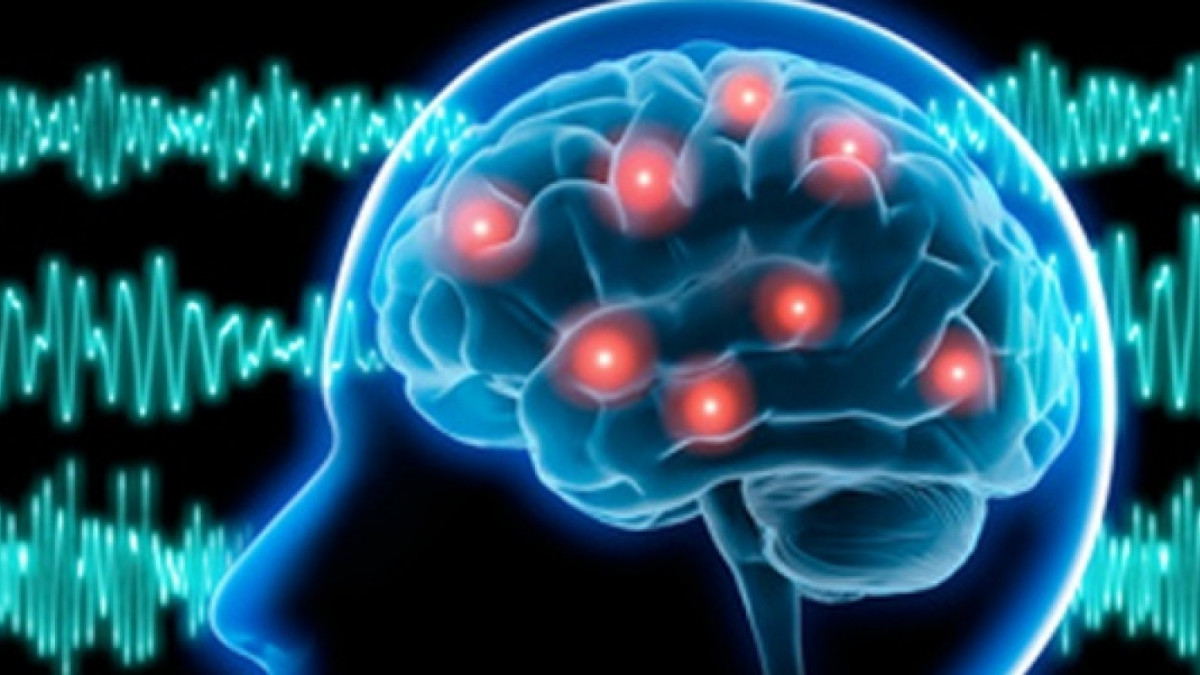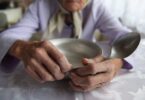Epilepsy is one of the chronic neurological diseases, caused by one or more disorders that predispose the brain to generate recurrent seizures, which has consequences not only neurobiological, but also cognitive and psychological.
The diagnosis of epilepsy is made when the patient has had two or more spontaneous seizures throughout his life.
It should be clarified that epileptic seizures “do not always manifest as a seizure”.
Although they all tend to have an abrupt, sudden onset and last for seconds or a few minutes, on many occasions patients present more subtle crises in which a partial or total disconnection from the environment predominates and in which the motor phenomena with which We usually associate this disease with jerks, tremors or more complex movements, as the automatisms are scarce and are not the prominent phenomenon.
Epileptic seizures are caused by an abnormal and exaggerated discharge of certain neuronal groups in the brain. For abnormal neuronal discharges to trigger epileptic seizures, a series of processes must take place: (synchronization, amplification and propagation of discharges).
Other symptoms of epilepsy are: dizziness, difficulty speaking, feeling disconnected from the environment, seizures, muscle stiffness, etc.
There are two large groups of epileptic seizures: focal (or partial) epileptic seizures and generalized epileptic seizures.
Before a crisis
- Prodromal symptoms: these are non-specific sensations such as mood swings, irritability, sleep, appetite or behavior changes, from hours or days before the crisis, especially convulsive.
- Epileptic aura: it is the sensation immediately prior to the crisis. It applies to epigastric or psychic sensations such as fear, anguish, indefinable discomfort or nervousness.
Generalized epileptic seizures: These are those whose first appreciable symptom depends on the injury of both cerebral hemispheres. Loss of consciousness occurs from the first moment of the attack and motor manifestations affect all four extremities.
Generalized seizures
Tonic-clonic seizures or “grand mal”: The tonic phase begins with the contraction of the muscles in flexion or extension. It lasts from 10 to 30 seconds. Breathing stops. The patient may emit a high-pitched cry from the spasm of the larynx and has a clenched jaw.
Tonic seizures: Produce a prolonged muscle spasm. Muscle contraction increases and spreads progressively through the trunk and extremities.
Myoclonic seizures: They are brief muscle jerks, like an electric shock. They appear spontaneously or caused by sensitive or sensory stimuli (intermittent light beams), and facilitated by fatigue, stress, alcohol or lack of sleep.
Atonic crises: There is a loss of postural tone, that is, the muscles “lose their strength”. They cause the patient to fall. They can last from a few seconds to several minutes.
Generalized nonconvulsive seizures
Typical absences or “petit mal”: They are manifested by a sudden loss of consciousness without loss of postural tone. The beginning and end of the crisis is abrupt. Most last less than ten seconds. The crisis manifests itself as a disconnection of the patient with his environment.
Atypical absences: They are characterized by sudden loss of consciousness. The beginning is more gradual and they are more prolonged. The patient may become partially unconscious and wander during attacks. They are usually accompanied by learning disorders or low intellectual level.
Focal epileptic seizures: These are those in which the discharge originates in a relatively limited area of the cerebral cortex and during which the patient experiences a combination of motor, sensory, sensory, psychic and vegetative symptoms and signs, of which he is partial. or fully aware.
The treatment of epilepsy is mainly pharmacological.
Surgical treatment of epilepsy is performed on a patient with a benign and static lesion, with the aim of freeing him from seizures.
Epileptic patients must take two fundamental precautions: refrain from consuming alcohol and other drugs, and maintain a regular night’s sleep. Most patients do not require restrictions on their usual diet or changes in their lifestyle. They can play sports moderately under supervision.









